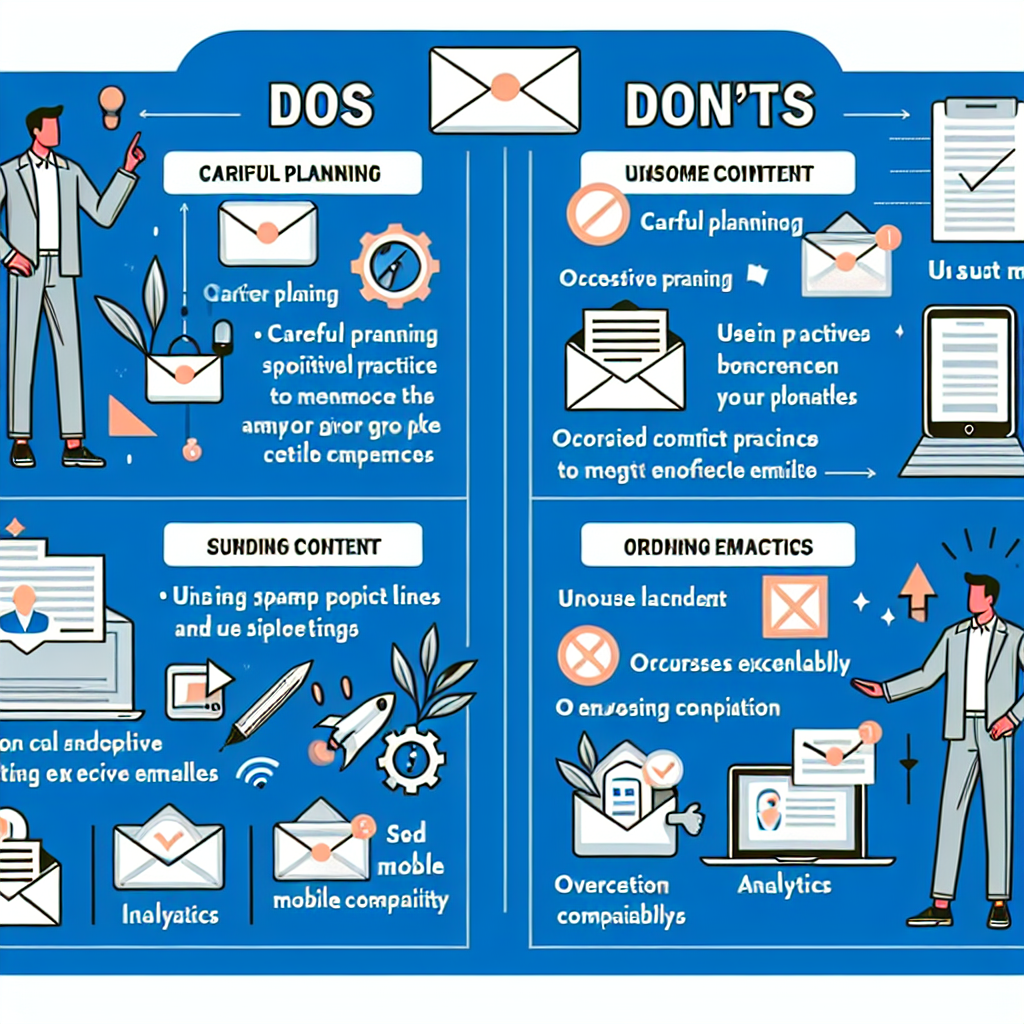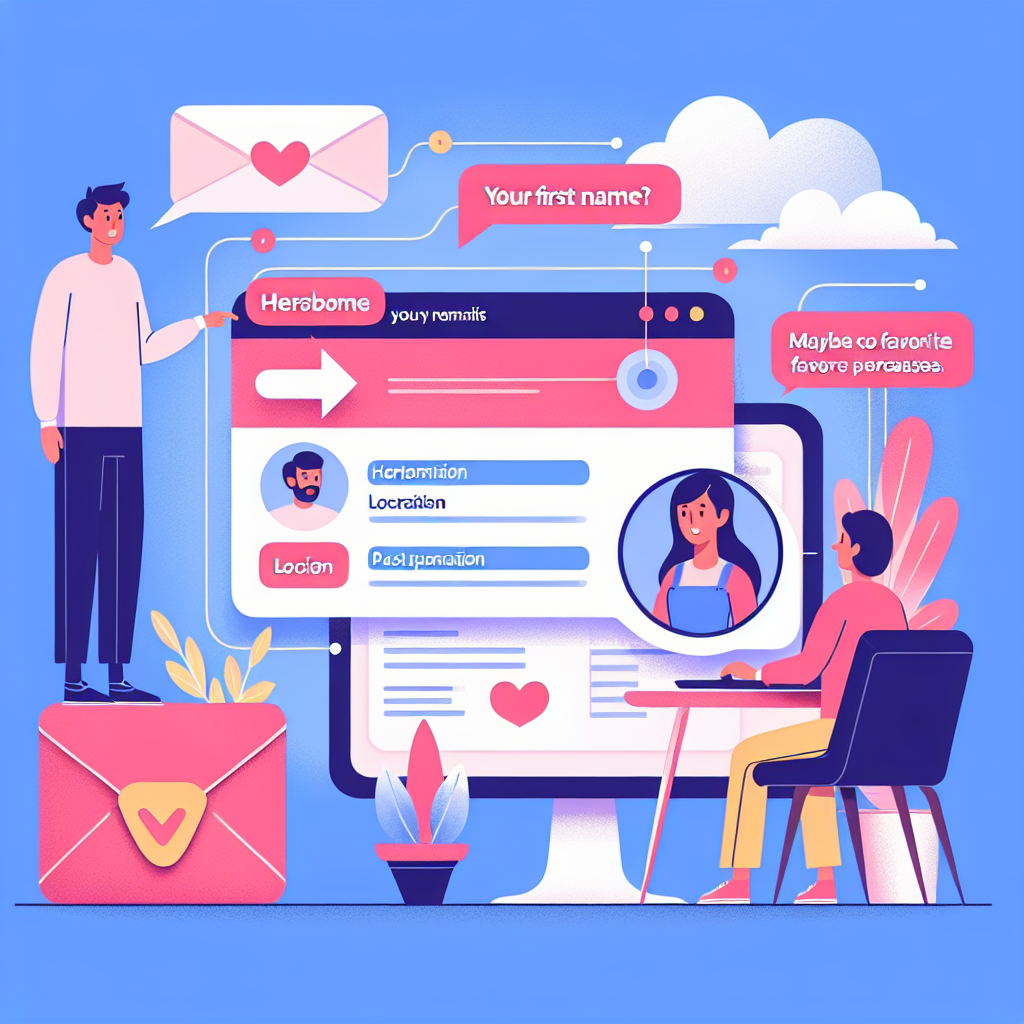The Ultimate Checklist for Email Follow-Ups
Email follow-ups are a critical component of effective communication, whether you’re in sales, marketing, or customer service. A well-crafted follow-up email can significantly increase your chances of receiving a response, closing a deal, or resolving an issue. According to a study by Yesware, 70% of unanswered email chains stop after the first email. This statistic underscores the importance of persistence and strategy in follow-up emails.
In this comprehensive guide, we’ll provide you with the ultimate checklist for email follow-ups, ensuring that your emails are timely, relevant, and effective. From crafting compelling subject lines to knowing the right timing for your follow-ups, we’ve got you covered.
1. Start with a Strong Subject Line
Your subject line is the first thing your recipient will see, and it can significantly impact whether your email gets opened or ignored. According to HubSpot, 47% of email recipients decide whether to open an email based on the subject line alone.
Tips for a compelling subject line:
- Keep it short and to the point (around 6-10 words).
- Personalize it with the recipient’s name or company.
- Include a sense of urgency or curiosity.
- Avoid spammy words like “free,” “guaranteed,” or “urgent.”
2. Personalize Your Email
Personalization goes beyond just using the recipient’s name. Tailor the content of your email to address their specific needs or pain points. According to Experian, personalized emails deliver 6x higher transaction rates.
How to personalize your follow-up email:
- Reference previous interactions or conversations.
- Mention specific details about their business or industry.
- Highlight how your product or service can solve their specific problem.
3. Provide Value
Your follow-up email should offer something of value to the recipient. This could be additional information, a helpful resource, or a special offer. The goal is to make it worth their time to respond to you.
Examples of value-added content:
- Case studies or success stories.
- Whitepapers or eBooks relevant to their industry.
- Exclusive discounts or promotional offers.
4. Be Clear and Concise
People are busy, and they don’t have time to read lengthy emails. Get to the point quickly and make it easy for the recipient to understand your message. A study by Boomerang found that emails between 50-125 words had the best response rates.
Tips for concise emails:
- Use short paragraphs and bullet points.
- Focus on one main point per email.
- Include a clear call to action (CTA).
5. Timing is Everything
The timing of your follow-up email can significantly impact its effectiveness. Research from Yesware shows that the best time to send a follow-up email is between 8:00 AM and 10:00 AM, or 3:00 PM and 4:00 PM.
Best practices for timing:
- Follow up within 24-48 hours after the initial email.
- Consider the recipient’s time zone and work schedule.
- Space out your follow-ups to avoid being too aggressive.
6. Use a Follow-Up Schedule
A structured follow-up schedule can help you stay organized and persistent without being overbearing. According to InsideSales.com, optimal follow-up involves 6-8 touches.
Sample follow-up schedule:
- Day 1: Initial email
- Day 3: First follow-up
- Day 7: Second follow-up
- Day 14: Third follow-up
- Day 21: Fourth follow-up
7. Track and Analyze Your Results
Tracking your follow-up emails can provide valuable insights into what’s working and what’s not. Use email tracking tools to monitor open rates, click-through rates, and response rates.
Key metrics to track:
- Open rate: The percentage of recipients who open your email.
- Click-through rate: The percentage of recipients who click on a link in your email.
- Response rate: The percentage of recipients who reply to your email.
8. Follow Up on Different Channels
Don’t limit your follow-ups to just email. Consider using other channels like phone calls, social media, or even direct mail to reach your recipient. A study by LinkedIn found that multi-channel outreach can increase response rates by 25%.
Alternative follow-up channels:
- Phone calls: A more personal touch can make a big difference.
- Social media: Engage with your recipient on LinkedIn or Twitter.
- Direct mail: Send a handwritten note or a small gift.
9. Use Templates Wisely
Email templates can save you time, but it’s important to customize them for each recipient. A generic email can come across as impersonal and less effective.
Tips for using templates:
- Personalize the opening and closing lines.
- Tailor the content to the recipient’s needs.
- Update templates regularly to keep them fresh.
10. Keep it Professional
Maintaining a professional tone in your follow-up emails is crucial. Avoid slang, overly casual language, and typos. Proofread your emails before sending them to ensure they reflect well on you and your organization.
Professional email tips:
- Use proper grammar and punctuation.
- Avoid using all caps or excessive exclamation points.
- Include a professional signature with your contact information.
Conclusion
Effective email follow-ups require a strategic approach, attention to detail, and a focus on providing value to the recipient. By following this ultimate checklist, you can increase your chances of getting responses, closing deals, and building stronger relationships.
Remember, persistence is key, but it’s equally important to be respectful of your recipient’s time and preferences. Experiment with different approaches, track your results, and continually refine your follow-up strategy to achieve the best outcomes.
Start implementing these tips today, and watch your email follow-up game reach new heights!

